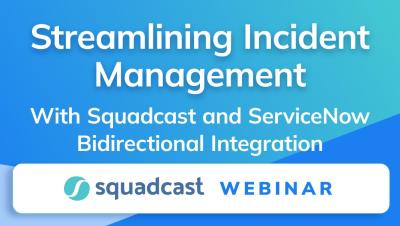Best Practices For Building A Resilient On-Call Framework
Whether a business is small scale, medium-sized, or a large enterprise, downtime issues can affect any organization as no business is exempt from experiencing downtime. However, the swifter the acknowledgment of an issue, the quicker the response, resulting in a reduced impact on business. An effective On-Call framework not only aids in prompt issue resolution but also plays a vital role in minimizing the overall downtime impact on business operations.









